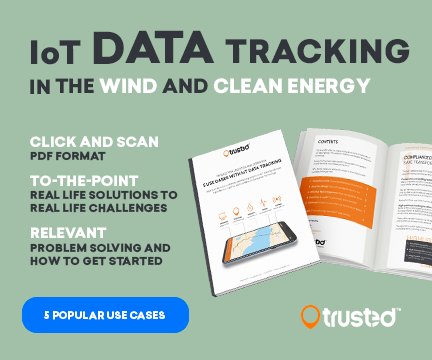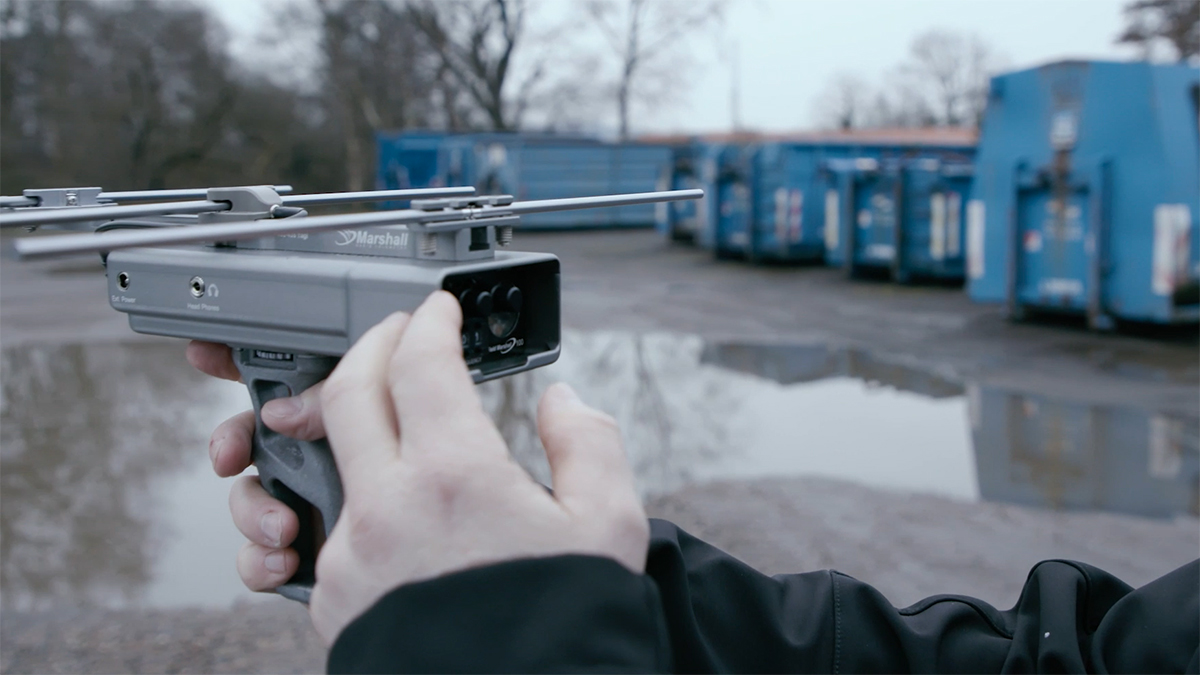Issues like corrosion, mold, or fungi all have the same root cause: naturally occurring increased levels of humidity that lead to condensation.
And while it is possible to create environments during production that are free of these concerns, the picture changes when your assets move outside into the real world.
Whether your issues arise in major assembly parts that are stored outside or during the transport of sensitive components from A to B, the challenge is the same.
This is why we have compiled these 4 simple steps on how you can avoid corrosion, mold, or fungi.
1. Monitor relative humidity levels in storage and during transport
You should begin to monitor the humidity levels of the immediate surrounding environment where your assets are either stored or being kept during transport.
This is an absolute must in logistics for sensitive freight to follow compliance regulations.
But it is also needed in the storage of, say, large wind turbine elements such as nacelles or tower components that are often stored outdoors or in large facilities. These can also be damaged or compromised with the development of condensation, leading to corrosion or the build-up of mold or fungi.
2. Keep an eye on dew point data
The dew point is the key element in the development of condensation.
It is defined as the temperature at which air is saturated with water vapor, which results in the creation of condensation.
Concentrate on this part of your data and follow this metric closely.
Take notice and experiment with how you store or handle your assets so that dew point is avoided.
3. Set up alarms to warn you when humidity levels are too high
Make your monitoring software warn you automatically when the data indicates a risk of condensation.
In this way, you can react immediately to heightened levels and avoid condensation and the problems this could create.
Similarly, with automatic alarms, you will not need to find time to analyze the data but only receive notifications when actions need to be taken.
4. Make your asset monitoring more effective with IoT tracking devices
Save money and become more effective by monitoring your humidity data with IoT tracking devices.
Instead of investing in expensive humidity detection equipment, or employing crews to manually inspect every asset, mount the wireless IoT devices in the same environment as your assets.
It is by far the easiest and most cost-effective solution as devices will transmit data directly to one online data platform from across large storage facilities or different geographical locations – wherever assets are located.
The accompanying software offers humidity data in graphs, reports, and PDFs to prove compliance or to guarantee top-quality handling of assets while in your care.
Avoid corrosion or mold and fungi with IoT asset monitoring
You can read much more about the benefits of IoT data tracking by browsing our website trustedglobal.com.
Also, learn more about the benefits of IoT Data tracking by downloading a brief PDF guide below.
Contact us for more information.
Condensation is the root cause of corrosion and build-up of mold or fungi on assets or in sensitive equipment.
To avoid this both in storage or transport, you should monitor relative humidity levels and focus on the dew point.
With IoT tracking devices all of this can be done in an automatic, efficient and cost-effective way.




